Big cats, with their majestic grace and undeniable power, have always held a special place in the hearts of nature enthusiasts. These apex predators play a crucial role in maintaining the delicate balance of ecosystems. By controlling prey populations, they ensure the health and sustainability of their natural habitats. Let’s embark on a journey to explore how big cats contribute to the intricate web of life on our planet.
Big Cats: Nature’s Balancers
Big cats, including lions, tigers, leopards, and cheetahs, are often seen as the rulers of their respective domains. They are at the top of the food chain, which means they have few natural enemies besides humans. Their role as apex predators allows them to regulate prey populations effectively. By preying on the weak, old, or sick animals, they help ensure that only the strongest genes are passed on, promoting healthier wildlife populations.
The Circle of Life
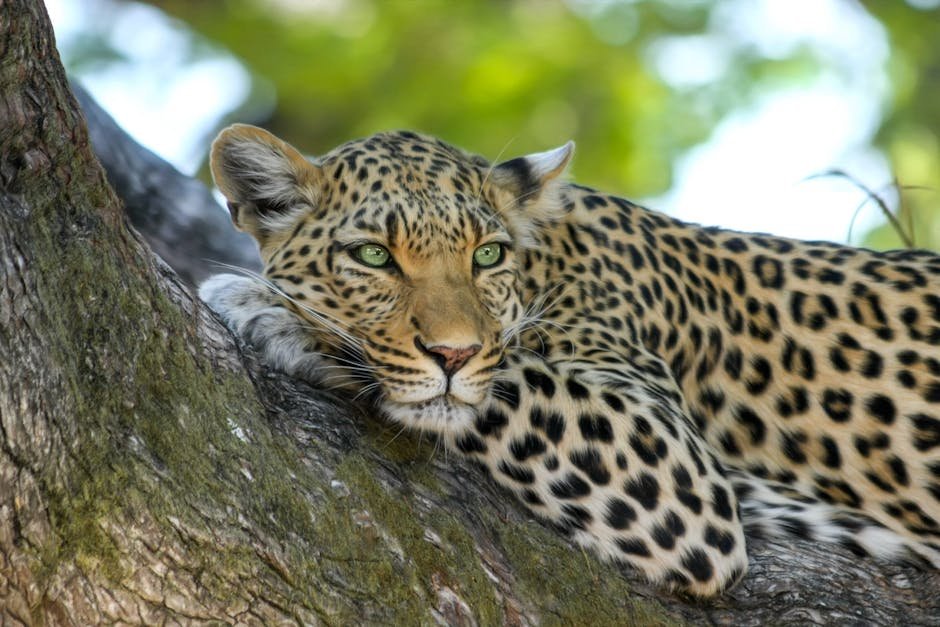
The relationship between big cats and their prey is a testament to nature’s balance. When prey populations grow too large, they can lead to overgrazing, which in turn damages vegetation and affects other species. Big cats help keep prey numbers in check, preventing such ecological imbalances. This dynamic illustrates the classic “circle of life” where every species has a role to play in maintaining environmental harmony.
Regulating Herbivore Populations
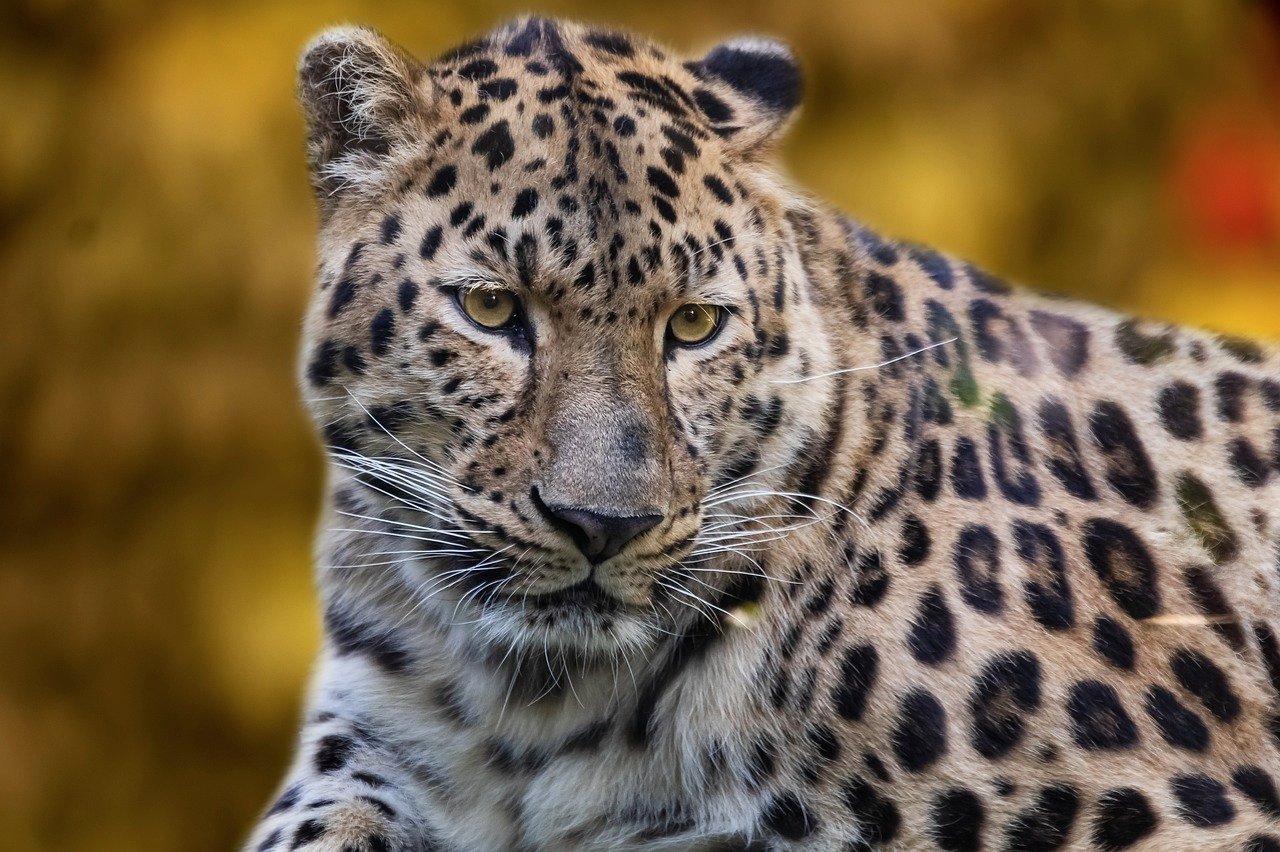
Herbivores like deer, zebras, and antelopes are primary prey for big cats. In the absence of these predators, herbivore numbers can skyrocket, leading to overconsumption of vegetation. This can result in habitat degradation and negatively impact other species that rely on the same resources. Big cats, by controlling herbivore populations, help preserve the lushness of forests and savannahs, ensuring a diverse and thriving ecosystem.
Promoting Biodiversity
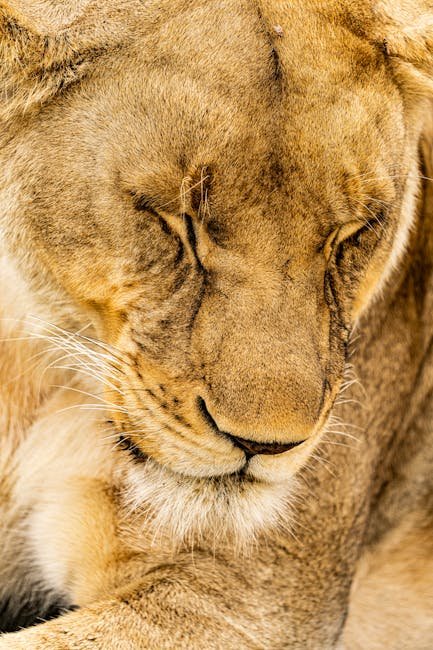
By managing prey populations, big cats indirectly promote biodiversity. When prey species are kept at sustainable levels, plant life flourishes, providing food and shelter for a variety of organisms. With a balanced ecosystem, smaller predators and scavengers can also thrive, adding to the richness of biodiversity. This intricate balance fosters a vibrant tapestry of life that benefits all creatures, great and small.
The Ripple Effect of Predation
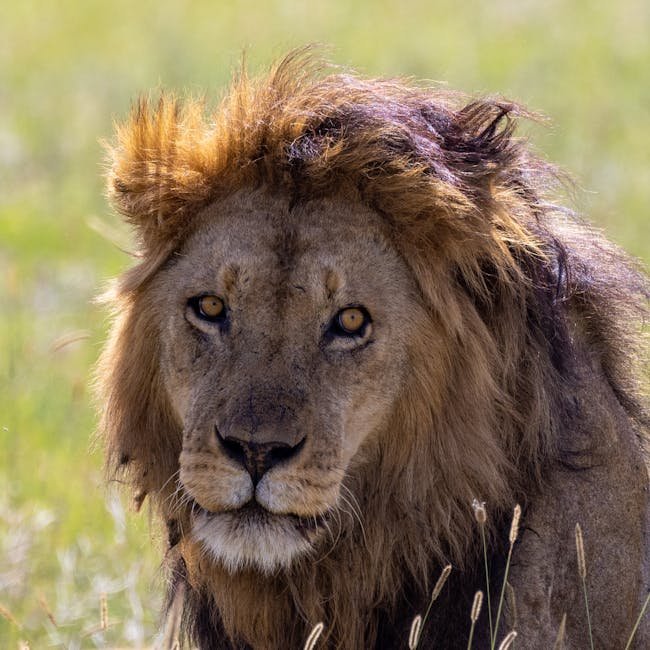
The presence of big cats has a ripple effect throughout the ecosystem. Their hunting activities not only control prey populations but also influence the behavior and distribution of other animals. For instance, prey species often alter their feeding patterns and habitats to avoid predation, which can lead to a more even distribution of grazing pressure across the landscape. This dynamic relationship between predator and prey ensures that resources are used efficiently and sustainably.
Big Cats and Disease Control
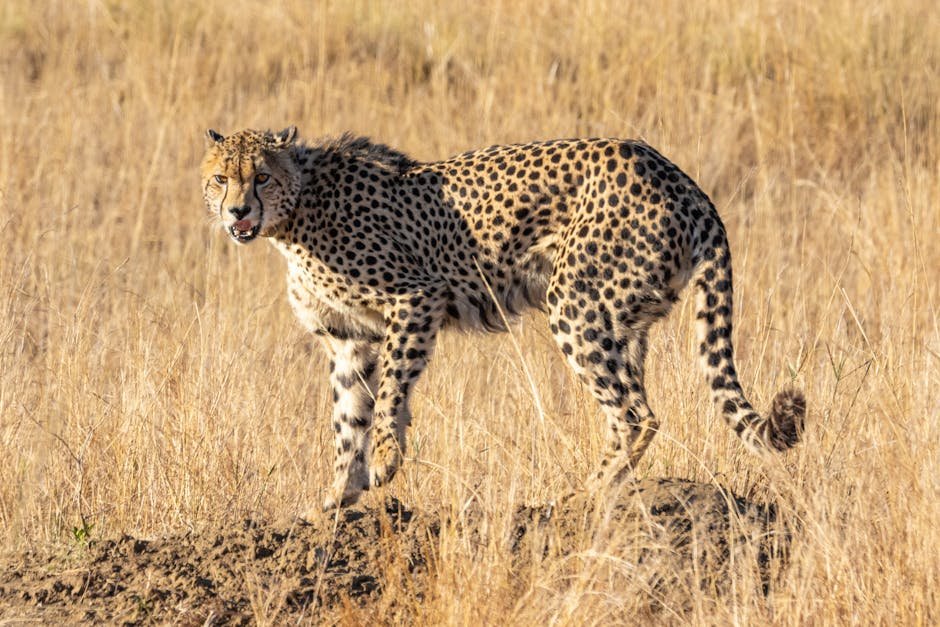
Big cats also play a role in controlling the spread of diseases among prey populations. By targeting weak and sick animals, they help reduce the prevalence of diseases that could otherwise spread rapidly. This natural form of disease control helps maintain the health of prey populations, preventing outbreaks that could have devastating effects on entire ecosystems. In this way, big cats serve as the ecosystem’s frontline defense against potential epidemics.
Protecting Plant Life
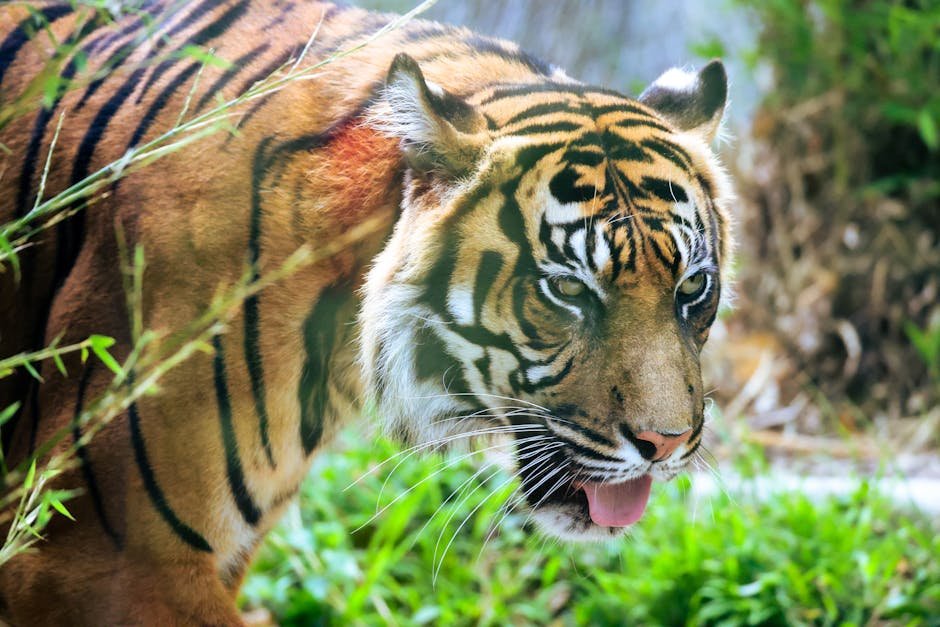
The predatory activities of big cats contribute to the protection of plant life. By regulating herbivore numbers, they prevent overgrazing, which can lead to soil erosion and habitat degradation. Healthy plant communities support a wide range of organisms, from insects to birds, creating a thriving environment for all species. Without big cats, the balance between predator and prey would be disrupted, leading to potential ecological collapse.
The Role of Big Cats in Carbon Sequestration
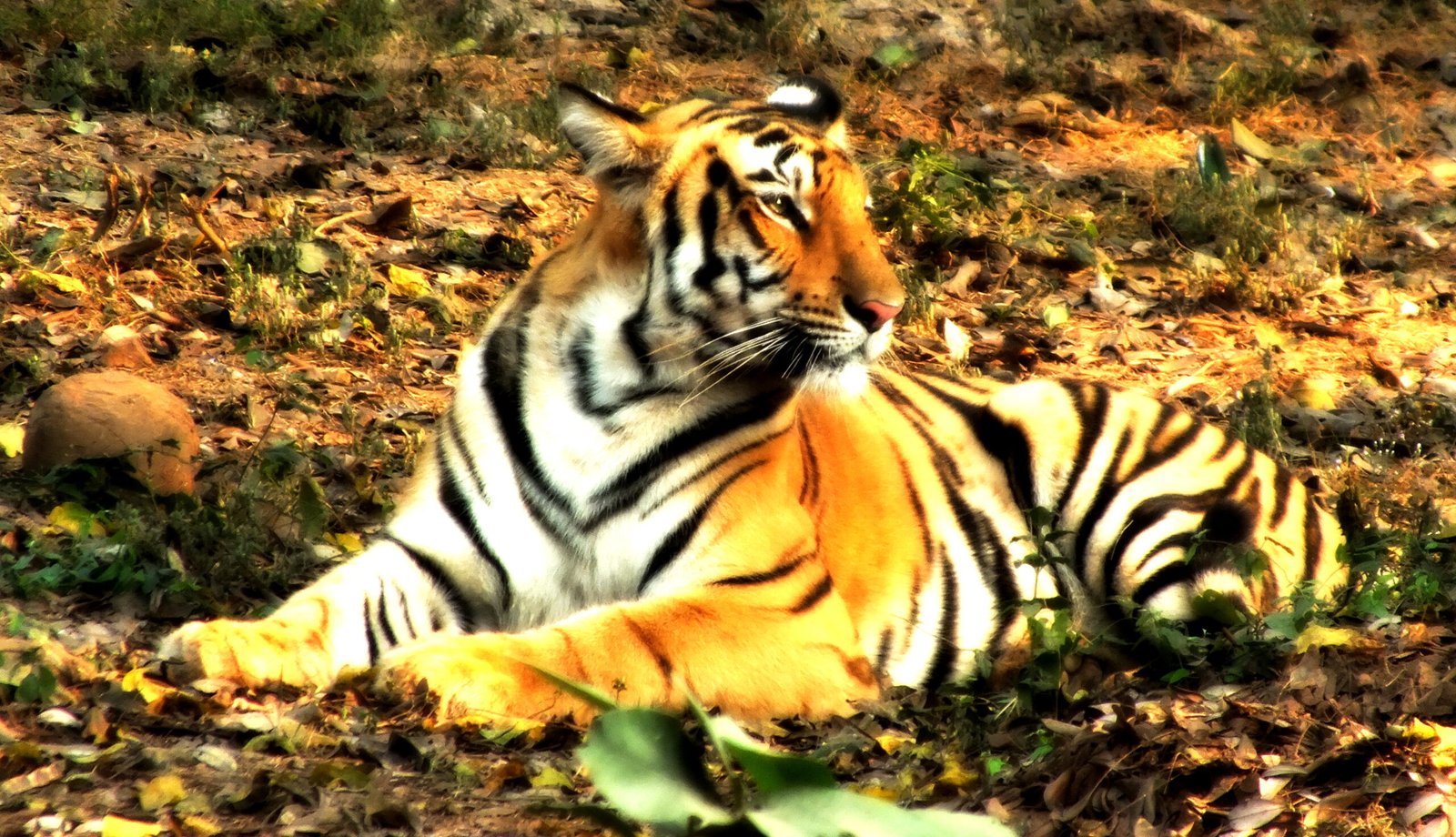
Big cats have an unexpected role in carbon sequestration. By maintaining healthy prey populations and preventing overgrazing, they help preserve forests and grasslands, which are vital carbon sinks. These ecosystems absorb and store carbon dioxide, mitigating the effects of climate change. Thus, big cats indirectly contribute to global efforts to combat climate change, highlighting their importance beyond just their immediate ecological roles.
Human Impacts on Big Cat Populations
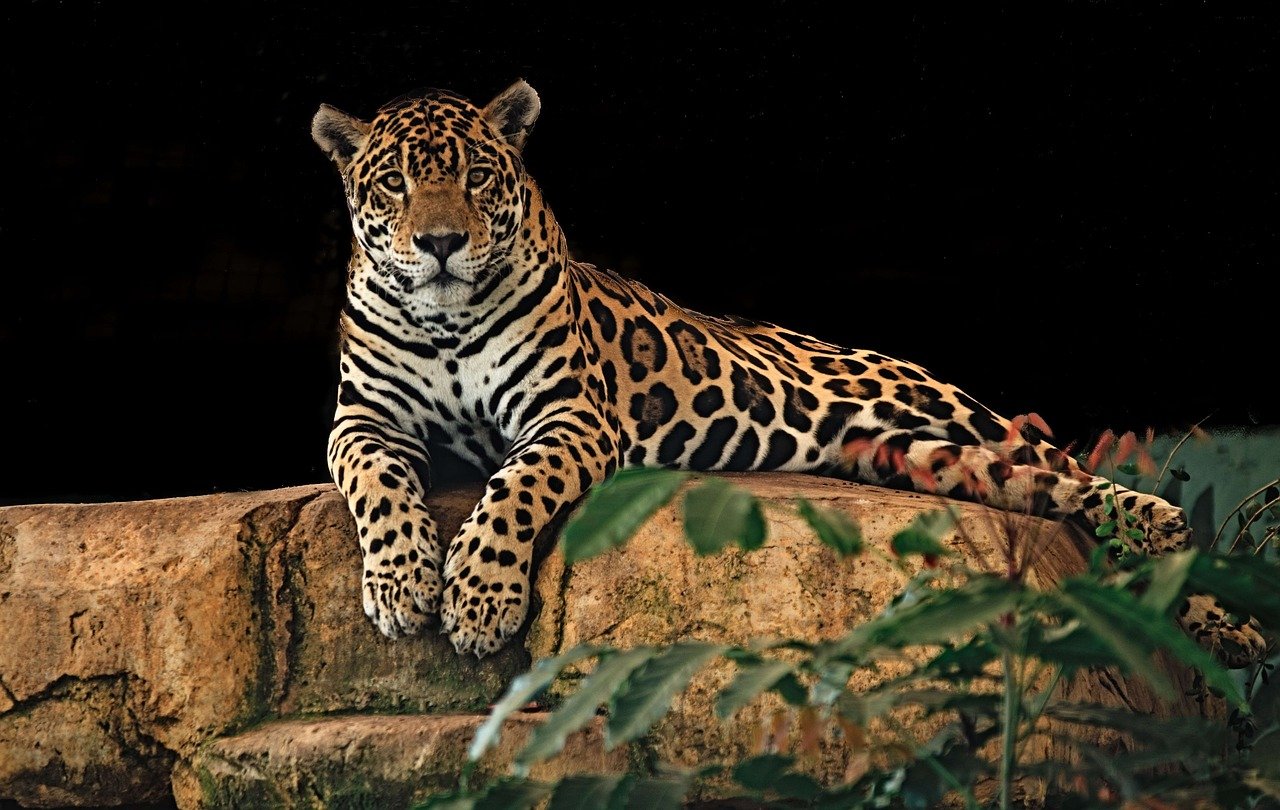
Unfortunately, human activities pose significant threats to big cat populations. Habitat destruction, poaching, and human-wildlife conflict have led to declining numbers of these magnificent creatures. As apex predators, their loss has cascading effects on ecosystems, leading to imbalances that can be difficult to rectify. Efforts to protect big cats and their habitats are crucial for maintaining the health and stability of natural environments.
Conservation Efforts: A Global Responsibility
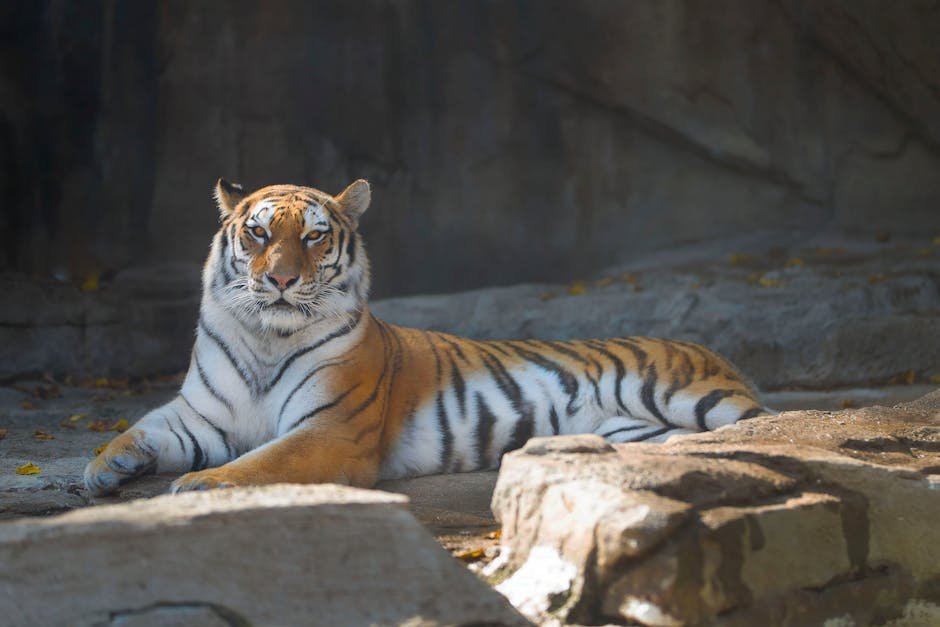
Conserving big cats is a global responsibility that requires collaboration across borders. Many organizations and governments are working tirelessly to protect these animals and their habitats. Initiatives such as protected areas, anti-poaching measures, and community engagement programs are vital for ensuring the survival of big cats. By supporting conservation efforts, we can help preserve the natural balance and beauty of our planet for future generations.
Big Cats and Local Communities
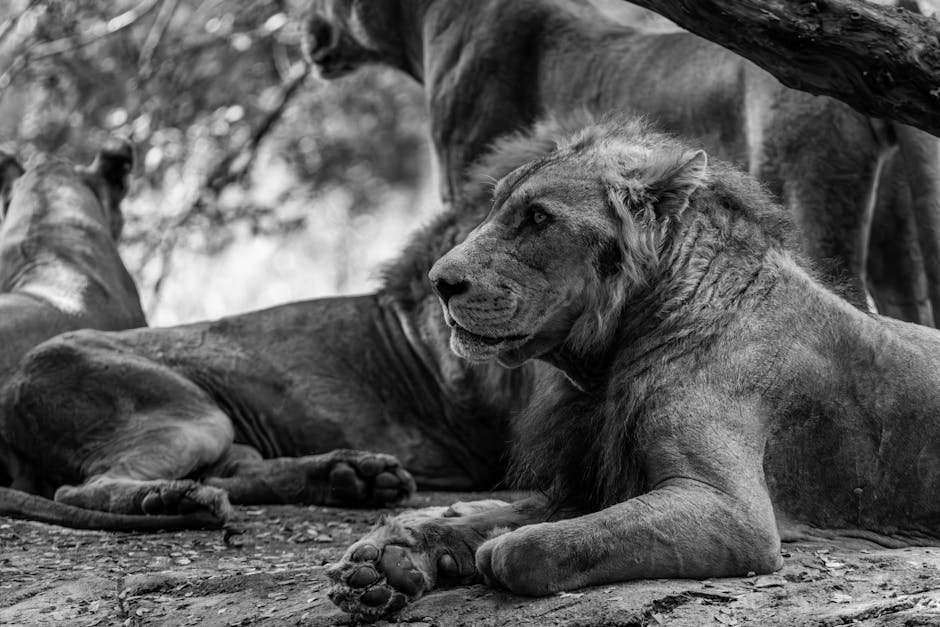
Engaging local communities in big cat conservation is essential for long-term success. Many communities rely on the same resources that big cats depend on, leading to potential conflicts. By involving local people in conservation efforts and providing alternative livelihoods, we can create a harmonious coexistence between humans and big cats. Education and awareness programs are key to fostering a sense of stewardship and appreciation for these remarkable animals.
The Future of Big Cats
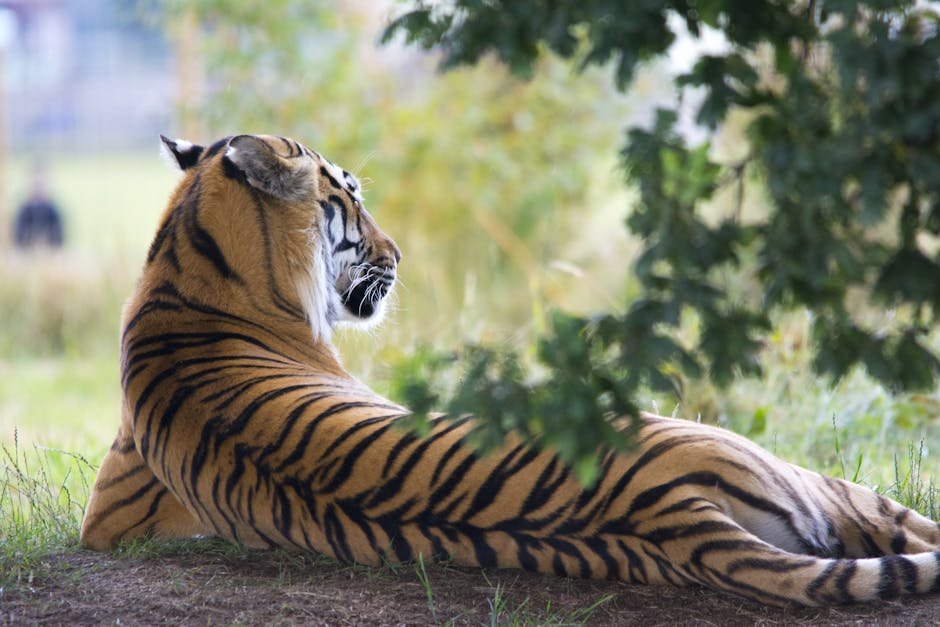
The future of big cats depends on our collective actions. By prioritizing conservation and sustainable practices, we can ensure that these majestic creatures continue to play their vital role in ecosystems. The challenges are significant, but with determination and collaboration, it is possible to secure a future where big cats thrive alongside humans in a shared landscape.
The Importance of Research and Monitoring
Research and monitoring are crucial for understanding the dynamics of big cat populations and their prey. By studying their behavior, movements, and interactions with the environment, scientists can develop effective conservation strategies. Monitoring programs help track population trends and identify potential threats, enabling timely interventions to protect these vulnerable species.
Big Cats as Symbols of Wilderness
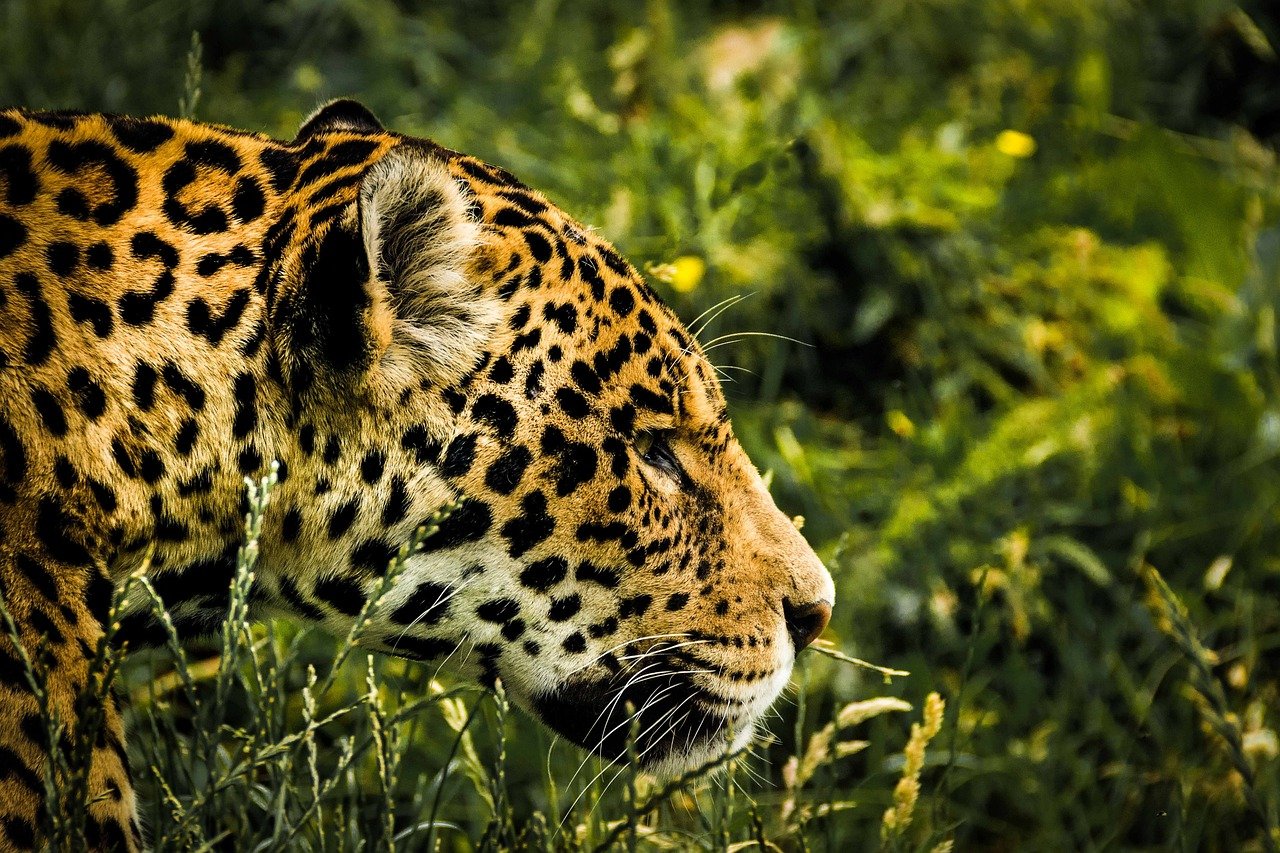
Big cats are often seen as symbols of wilderness and untamed beauty. Their presence in an ecosystem is an indicator of its health and integrity. By protecting big cats, we are also preserving the wild places they inhabit, ensuring that future generations can experience the awe and wonder of nature in its purest form.
Lessons from Big Cats
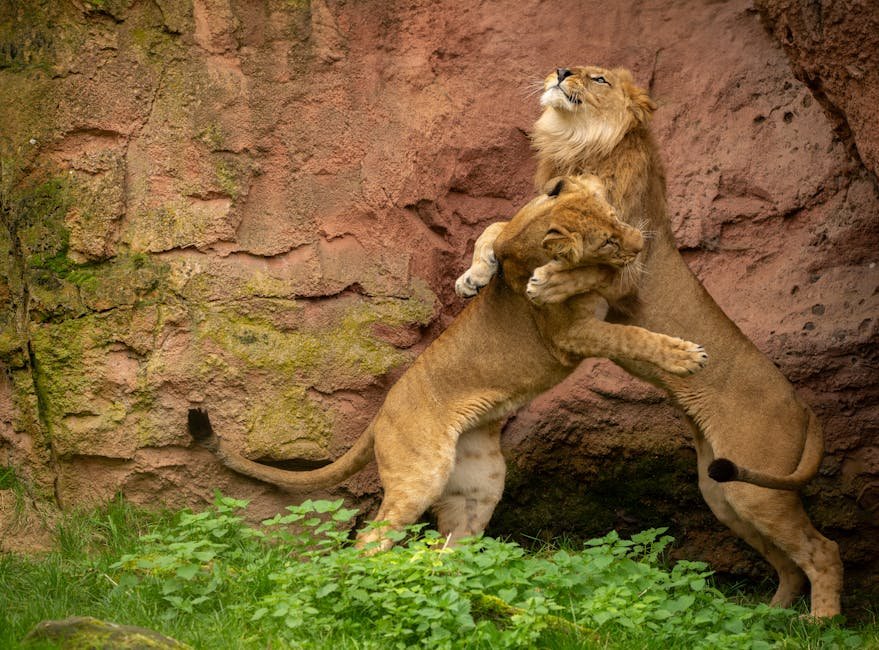
Big cats teach us valuable lessons about balance, resilience, and adaptation. Their ability to thrive in diverse environments is a testament to the power of evolution and natural selection. By observing and learning from these magnificent creatures, we can gain insights into the workings of nature and our place within it.
Celebrating Big Cats
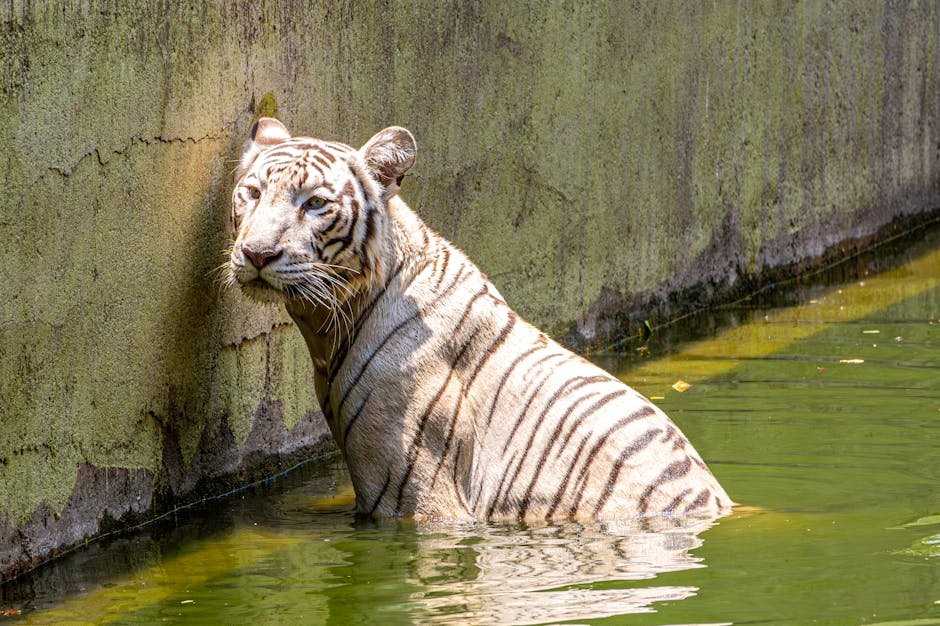
Celebrating big cats and their role in ecosystems is essential for raising awareness and inspiring action. World Wildlife Day and other events provide opportunities to highlight the importance of these animals and the challenges they face. By sharing stories and experiences, we can foster a deeper connection to nature and a commitment to protecting it.
The Call to Action
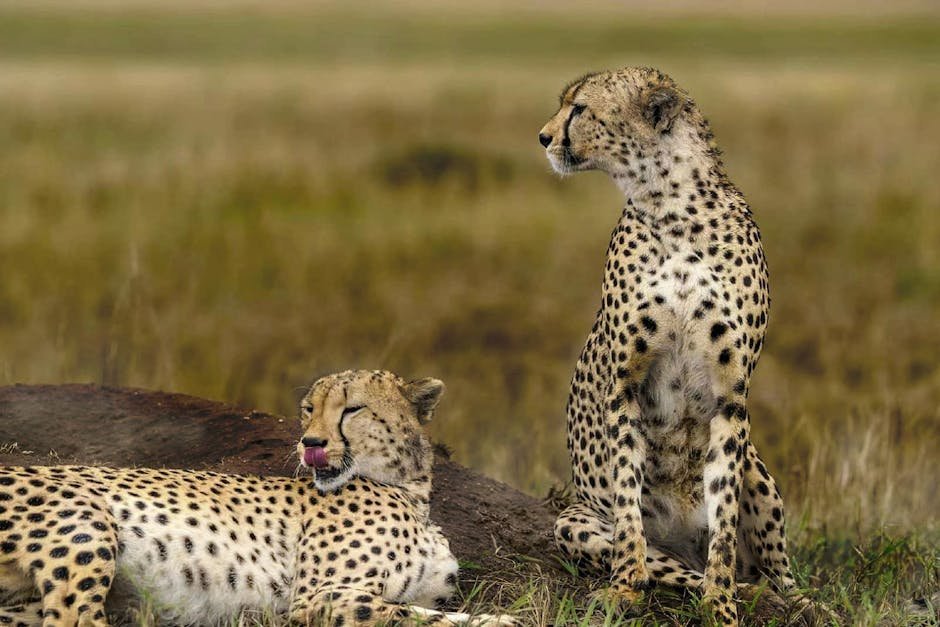
The call to action for big cat conservation is clear. We must work together to protect these animals and their habitats, ensuring that they continue to fulfill their vital roles in ecosystems. By supporting conservation efforts, advocating for policy changes, and reducing our ecological footprint, we can make a difference for big cats and the planet.
Conclusion

Big cats are more than just majestic creatures; they are vital components of ecosystems, playing a crucial role in controlling prey populations and maintaining ecological balance. Their presence ensures the health and sustainability of their habitats, benefiting countless other species. As we strive to protect these incredible animals, we are also safeguarding the natural world for future generations. The journey to preserve big cats is a shared responsibility, and together, we can ensure a future where they continue to roam the wild landscapes of our planet.

Hi, I’m Bola, a passionate writer and creative strategist with a knack for crafting compelling content that educates, inspires, and connects. Over the years, I’ve honed my skills across various writing fields, including content creation, copywriting, online course development, and video scriptwriting.
When I’m not at my desk, you’ll find me exploring new ideas, reading books, or brainstorming creative ways to solve challenges. I believe that words have the power to transform, and I’m here to help you leverage that power for success.
Thanks for stopping by, Keep coming to this website to checkout new articles form me. You’d always love it!






